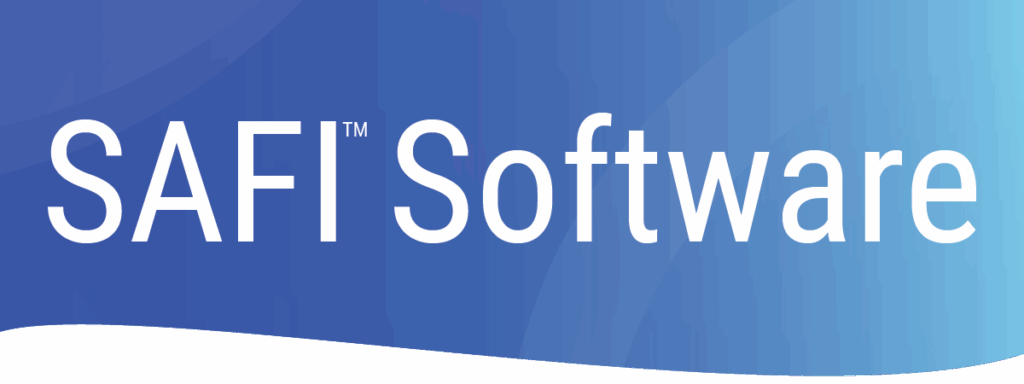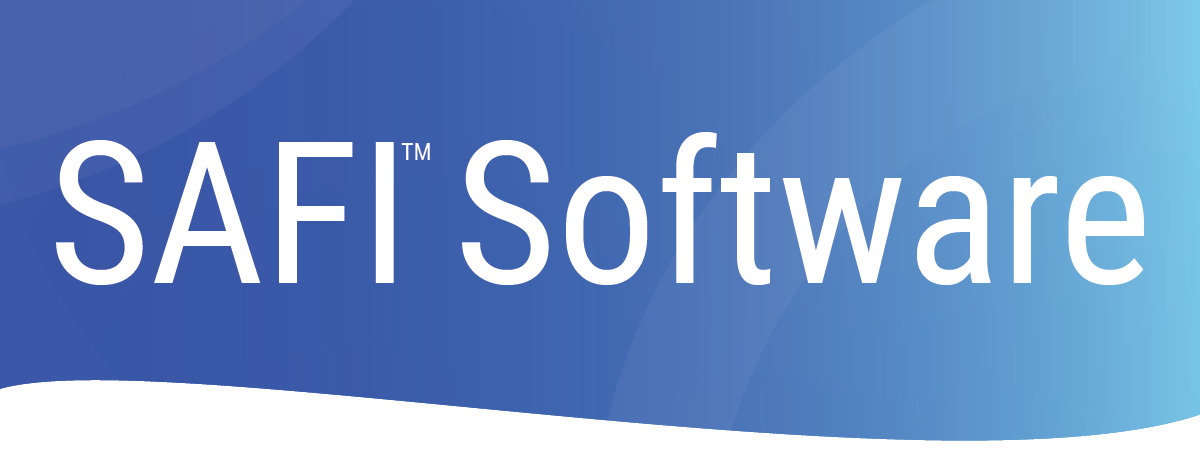Powering Structural Innovation for Electrical Substations & Transmission Towers
Virtual Tower Structures® (VTS) is a cutting-edge digital solution offering a powerful new approach to the way electrical substations and transmission towers are designed, engineered, and built. VTS modernizes the entire workflow, from concept to fabrication, through an integrated, model-based environment that replaces traditional, fragmented processes.
Virtual Tower Structures® (VTS) delivers a next-generation digital environment that streamlines the modeling, engineering, and fabrication of electrical substations and transmission towers. It provides a seamless integration of analysis, design, connection design, fabrication, and NC file generation within one unified software environment.
The Virtual Tower Structures® Operational Framework:
VTS = M + E + F + D
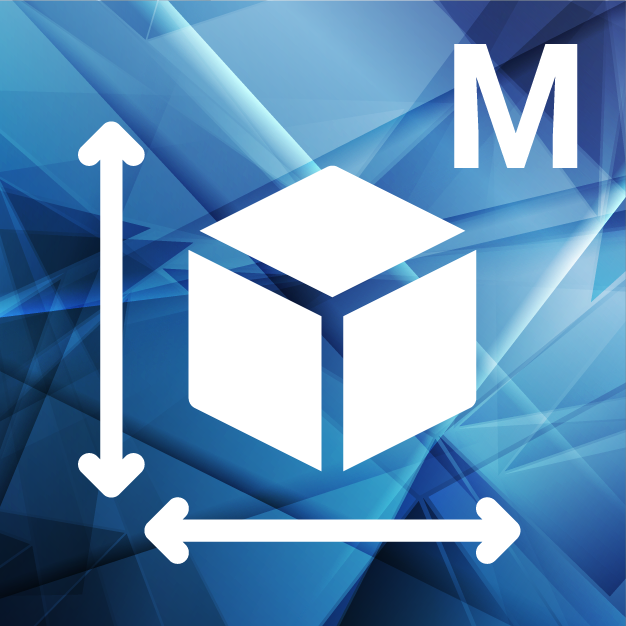
(M) Modeling
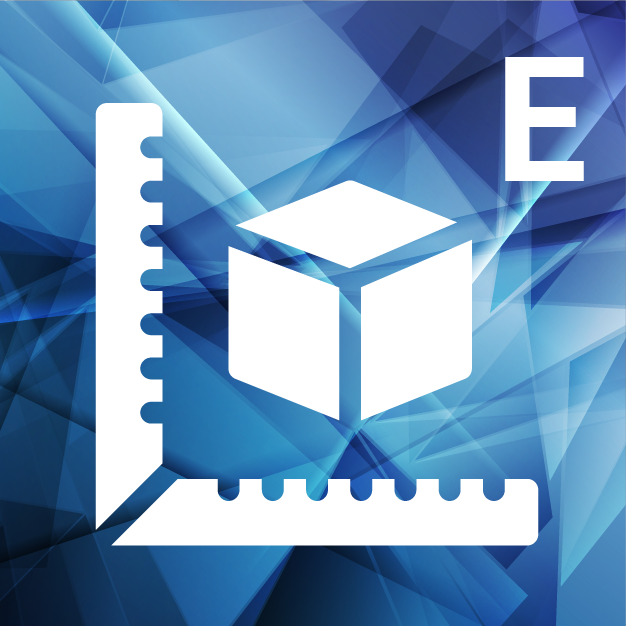
(E) Engineering
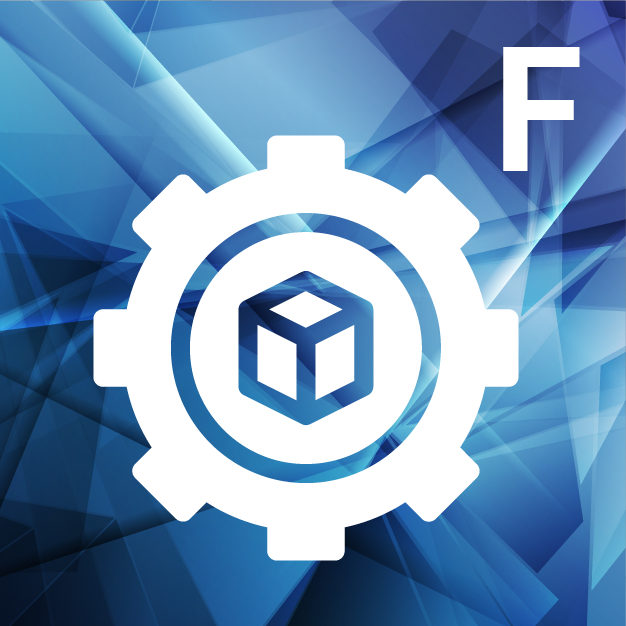
(F) Fabrication
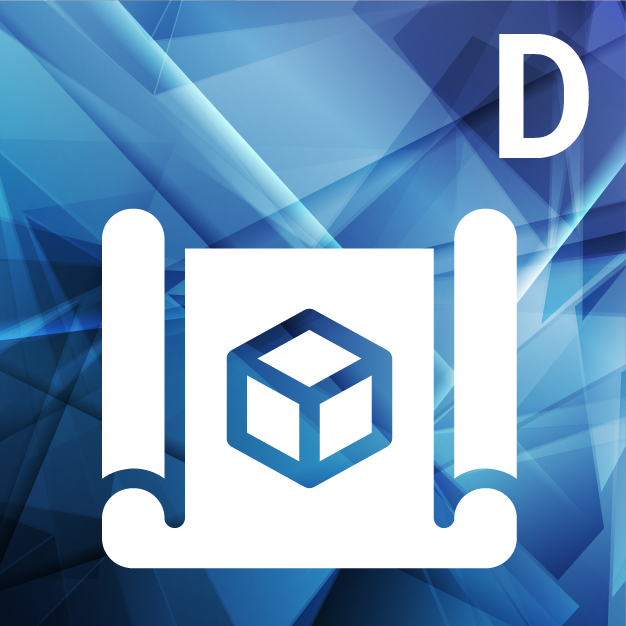
(D) Detailing
(M) Modeling Mode
Parametric modeling of substations and transmission towers with automated geometry, bracing, joints, and connection details.
(E) Engineering Mode
Structural analysis and design of substations and transmission towers in compliance with applicable codes and standards.
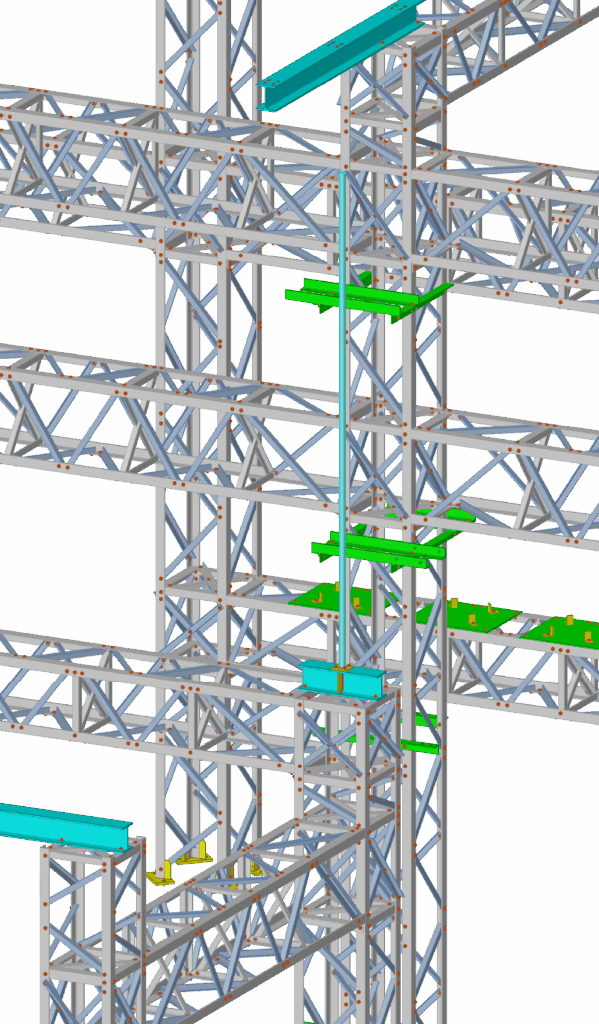
(F) Fabrication Mode
Smart fabrication models with customizable connections, machining operations, and clash detection to ensure accurate, build-ready structures.
(D) Detailing Mode
The detailing phase involves extracting manufacturing 3D and 2D drawings, engineering drawings, and detail drawings necessary for fabricating components, including those required for CNC (Computer Numerical Control) machine tools.

Modeling (M) Mode
Parametric Tower Modeling
Users can model structures using an intuitive graphical user interface powered by DirectX 11 and OpenGL 2.0 for increased speed and capabilities and generate executive and customizable formatted reports in Microsoft Word and Excel worksheets.
The VTS® software is a technology built on a ribbon-based interface, offering a streamlined design element where tools, commands, and options are conveniently organized into tabs and groups for effortless access and navigation.
The ribbon-based graphical user interface of the VTS® software allows to create, analyze and design large and complex models quickly and easily. Models can be shown as lines, wire frames, or can be rendered as 3D solids. Functionalities of the VTS® program allow to generate automatically detail elements in an automatically generated mesh perimeter. An object transparency option is available for various components such as current selection, solid members, plates, surfaces, spatial objects, panels.
Flexible Tower & Substation Modeling
• Create lattice towers (self-supporting or guyed) with automatic generation of legs, bracing, and connections
• Model substation steelwork with individual columns/beams and automatic beam-column joints
• Primary-secondary configuration for columns and beams to simplify large substation modeling
• Add horizontal bracing at any elevation for columns and beams
• Connection schemes and bolt definition
Wizard-Driven Parametric Tools
• Rapid model generation for both towers and substations
• Built-in panel and bracing libraries
• Panel editor and user-defined panel libraries
• Anchor rod pattern generator for base-plate design
• Auto-generation of wind and ice loads on all structural and non-structural elements
• Full control over segment configuration, bracing patterns, leg sections and extensions, crossarms, and auxiliary framing
Robust Structural Analysis Suite
• Static linear analysis, Nonlinear analysis, P-Delta analysis, Buckling analysis, Frequency analysis, Seismic and Dynamic analysis, Nonlinear cable modeling, Tension-only members
Supported design codes
• ASCE 10-15 for latticed towers
• ASCE 48-19 for tubular sections
• AISC 360 / CSA S16
Applied Loads and Profiles
• Dead, wind, ice, and thermal loads
• User-defined wind loads
• Concentrated, uniform, trapezoidal loads on members and joints
• Spatial object loads
• Automatic calculation of wind pressure, drag coefficients, and gust and topography factors
Design Checks include
• Tension and Compression
• Connection checks: shear, bearing, block shear, tear-out
• Bending (single and combined)
• Torsion and Warping
• Slenderness and Buckling
• Anchor rods
• Base-plate design for tubular sections
• Tower tension-compression and deflection diagrams
• Design checks beyond angles including W, T, HSS and built-up sections

Engineering (E) Mode
Structural Analysis & Design
Engineering of transmission lattice towers and electrical substations is performed seamlessly within VTS®, aligning with the ASCE standard. The software offers comprehensive structural analysis capabilities, including P-Delta, nonlinear, buckling, frequency, seismic, and dynamic analyses, with fully integrated design verification.
VTS® accelerates structure creation using an expansive library of panel types and parametric tools. Automatic generation of wind and ice loads is supported per the selected design code, while a rich repository of panel, rigid connection, and diaphragm prototypes streamlines the modeling process.
Results can be reviewed numerically or graphically, with color-coded charts that clearly visualize limit states across the entire structure or targeted members. All geometric and design parameters — including slenderness ratios and force coefficients — are computed automatically, but remain user-editable through intuitive graphical or tabular interfaces. Member grouping by shared properties further simplifies both modeling and interpretation.

Fabrication (F) Mode
Smart, customizable fabrication model
The fabrication phase involves performing fabrication operations on structural components such as cuts, notches, holes, bolting plates, connection design, and welding.
The Fabrication phase uses the structural model directly from Engineering Mode to generate a complete, production-ready fabrication model. VTS® automates detailing for direct bolt connections, splices, base plates, cap plates, gussets, step bolts, and more, minimizing manual work and ensuring accuracy.
Fabrication operations such as cuts, notches, holes, bolting plates, and welds are intelligently applied, with connection designs optimized for real-world manufacturing. Users retain full control to modify details via intuitive graphical or tabular tools.
The result is a fully detailed structure, ready for fabrication output, reducing errors, accelerating delivery, and maintaining full design integrity.
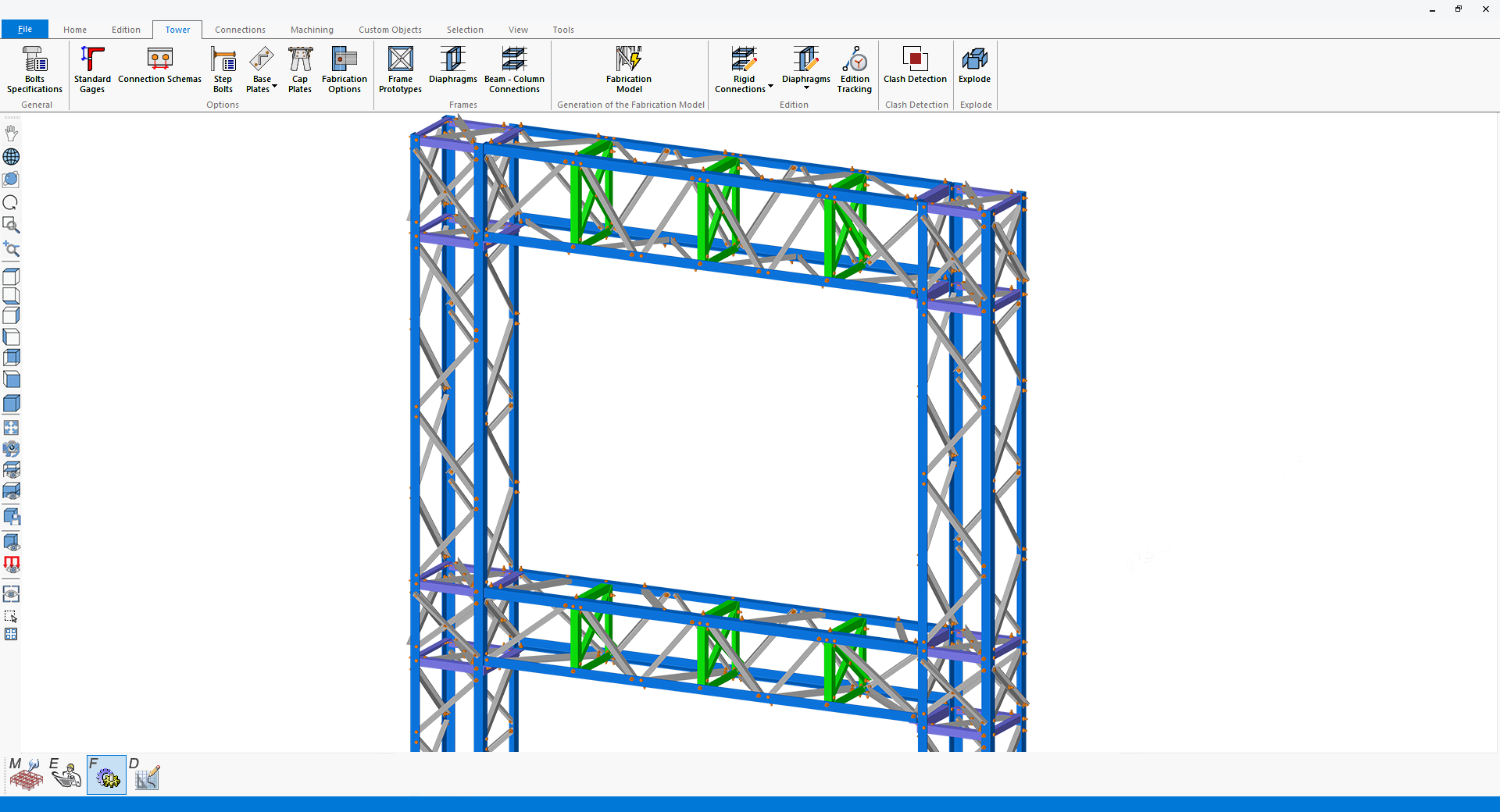
Connections
• Auto-generated connections with manual adjustment options
• Supports common types: bolts, splices, lap joints, base and cap plates
• Customizable parameters including bolt spacing, welds, and plate dimensions
• Adaptive updates with member size or alignment changes
• Define defaults for grades, bolts, welds, holes, plates, connections, and more
Machining Operations (End-Cut Tools)
• Member cuts: length cuts, copes, clips, blocks, flush, and plane cuts
• Advanced notches: dog bone, bevel, dovetail, needle, and rat/drain holes
• Custom slots and openings: rectangular or circular with rotation, roll, and depth control
Smart Editing Tools
• Flexible connection setups: splices, bolts, overlaps, and back-to-back
• Edit connections by selection
• Washer and shim controls for precise thickness and placement
• Reusable bolt and hole groups with spacing, layout, and skew control
• Shop and field bolts plus head/nut inversion and through-bolt options
Block Libraries
• Save groups of custom objects, bolts, holes, and welds as reusable blocks
• Reusable libraries across projects and teams for consistency and efficiency
Clash Detection
• Identify and resolve interferences between members, connections, and custom objects
Automatic Connections
including direct bolt connections, splices, overlaps, diaphragms, rigid connections and other structural connections.
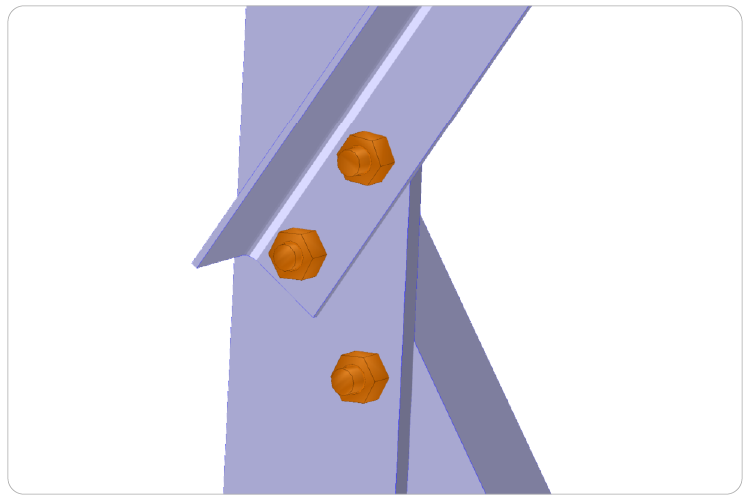
Direct Bolt
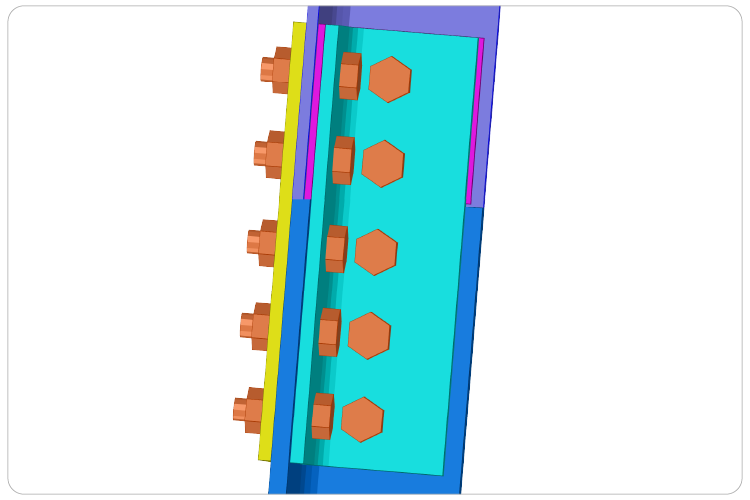
Splice
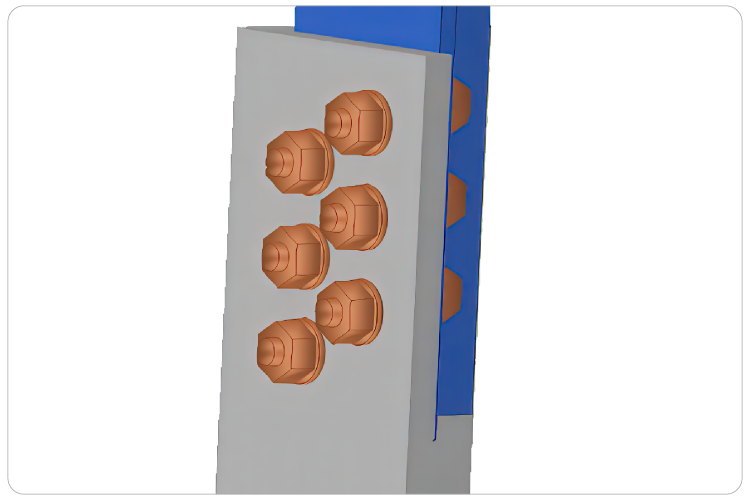
Overlap

Splice back-to-back
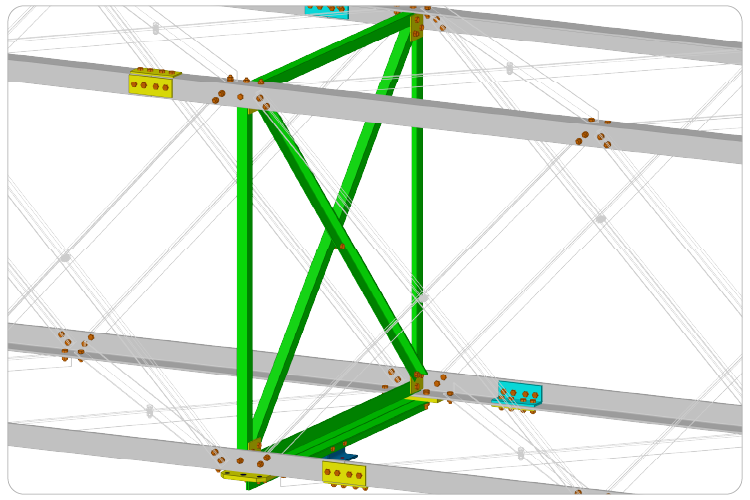
Diaphragm
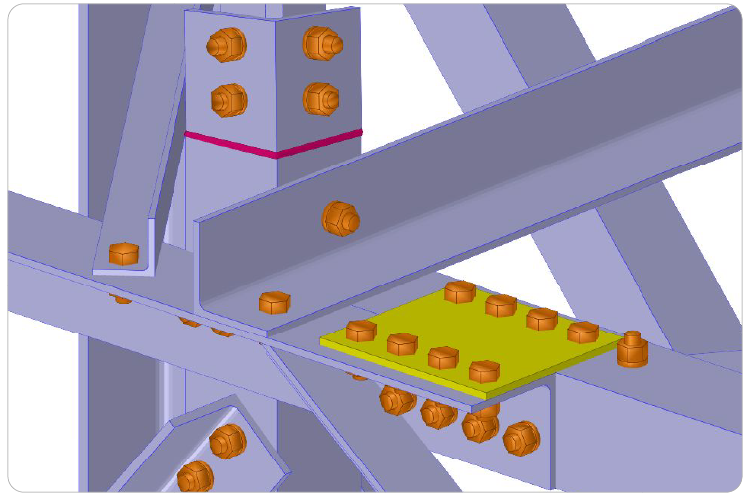
Rigid Connection
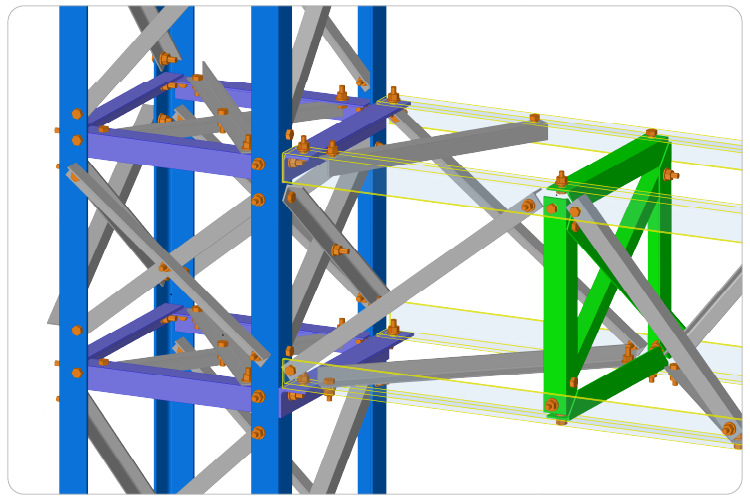
Connection Beam-Column
Fabrication Tools
including cap plates, base plates, gussets, blocks, clash detection and other fabrication tools.
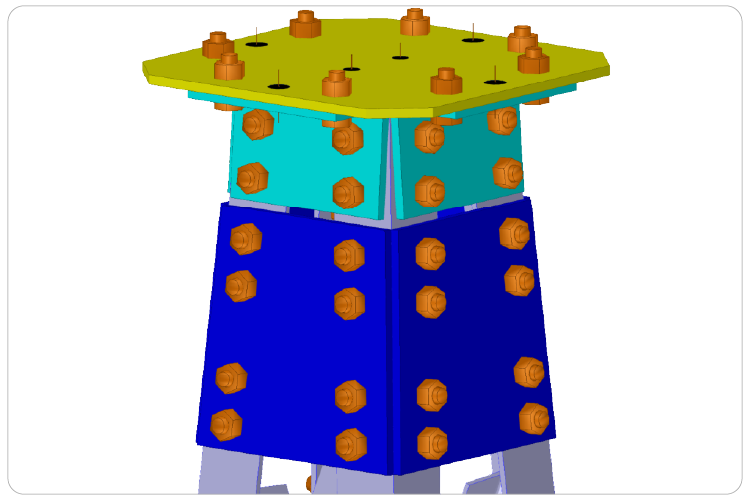
Cap Plate
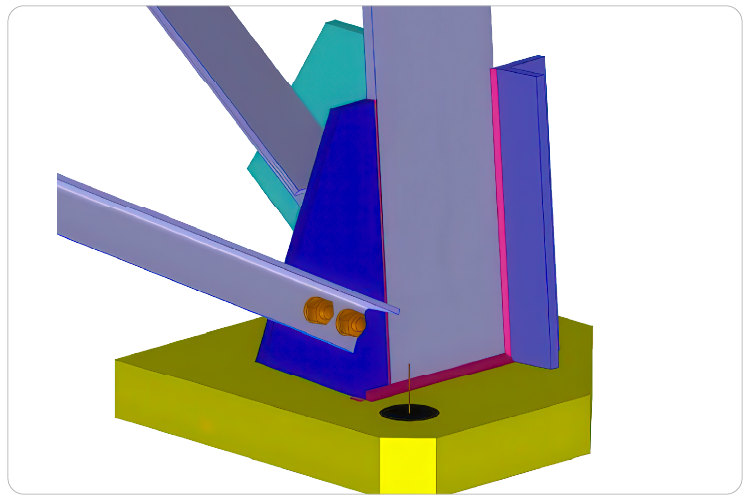
Base Plate
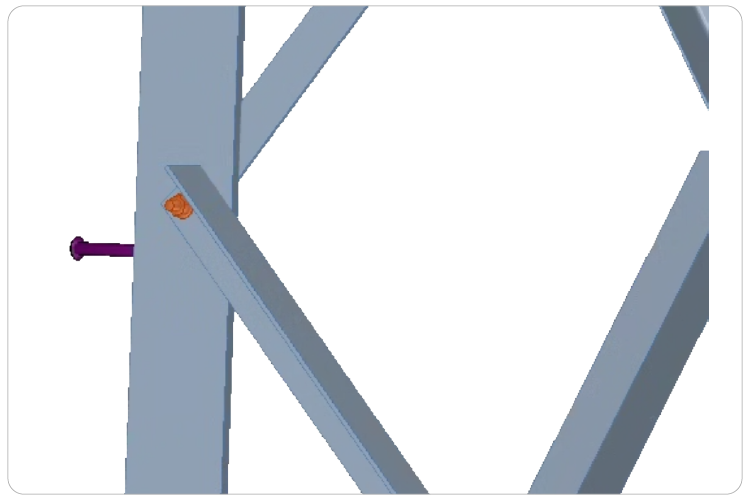
Step Bolt
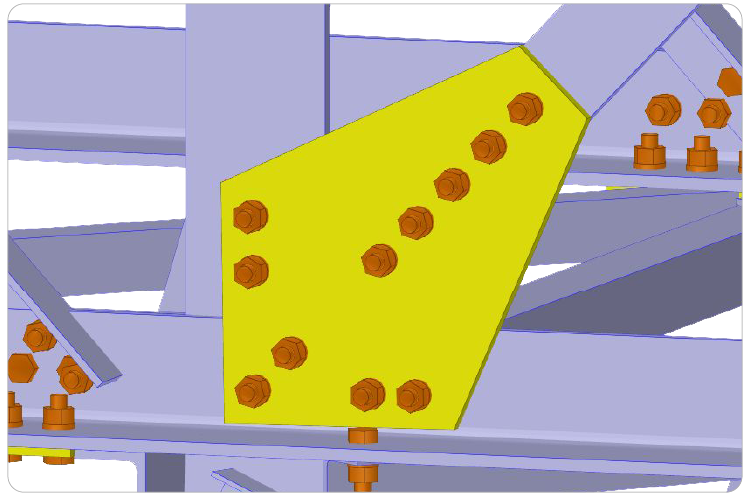
Gusset
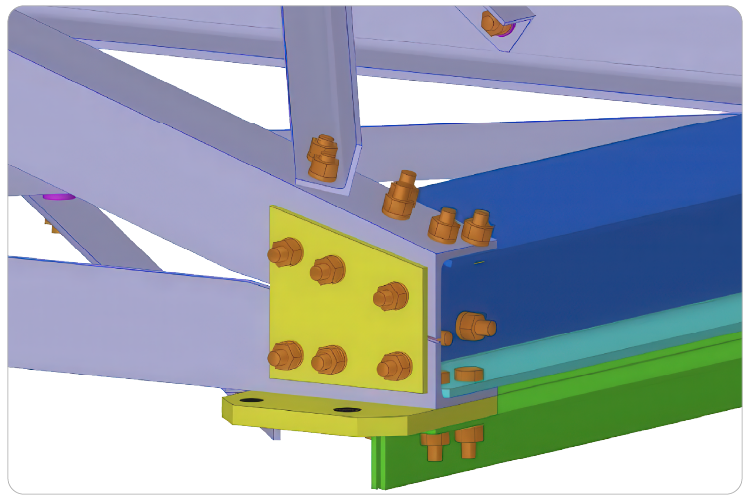
Block
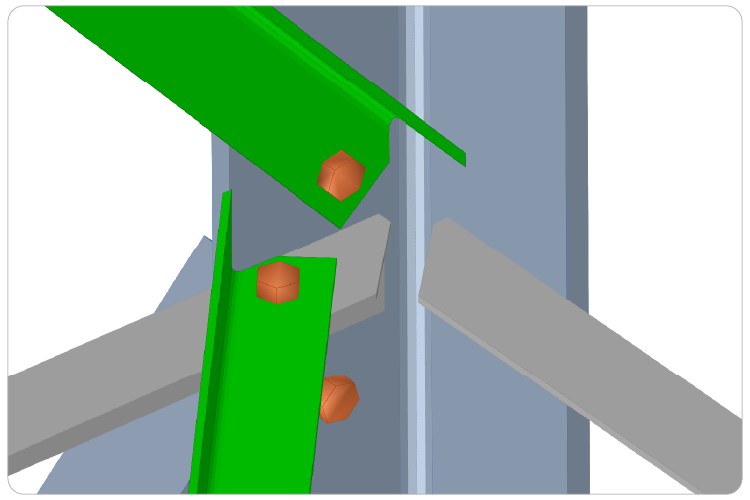
End Cut
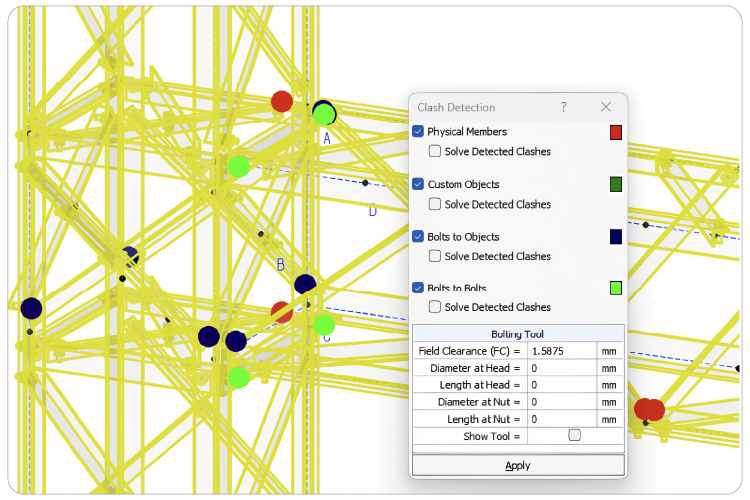
Clash Detection
Drawings, BOM & Fabrication Integration
• Bill of Materials and quantities• Auto-generated marks, groups, views, and drawings
• Support for custom groups, views, sheets, scales, and segment-based grouping
• Embedded details: piece marks, hole patterns, welds, and cutting instructions
• Export to AutoCAD, CNC, and IFC
Automatic Shop & General Assembly Drawings
• Quickly generate precise 2D drawings directly from your 3D tower model, including multiple face views, isometrics, and key plansCustom Sheet Setup & Drawing Configuration
• Define sheet sizes, scales, margins, and printer settings with automatic optimal layout selection or manual control
Detailing (D) Mode
Bill of Materials & Drawings
The Detailing phase focuses on generating all required drawings for fabrication, including 2D and 3D manufacturing drawings, engineering drawings, and detail drawings. VTS® extracts these directly from the fabrication model, ensuring consistency and precision across every component.
Editable DWG files and NC (Numerical Control) outputs are created automatically and can be exported directly, ready for CNC machine tools and shop-floor production.
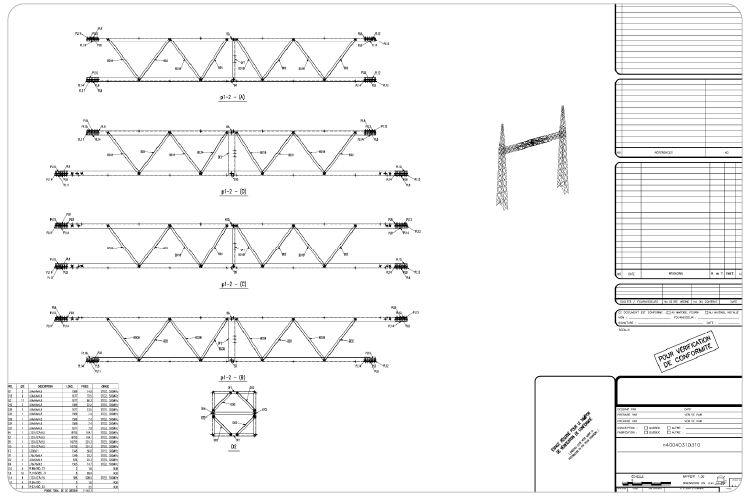
Assembly Drawings
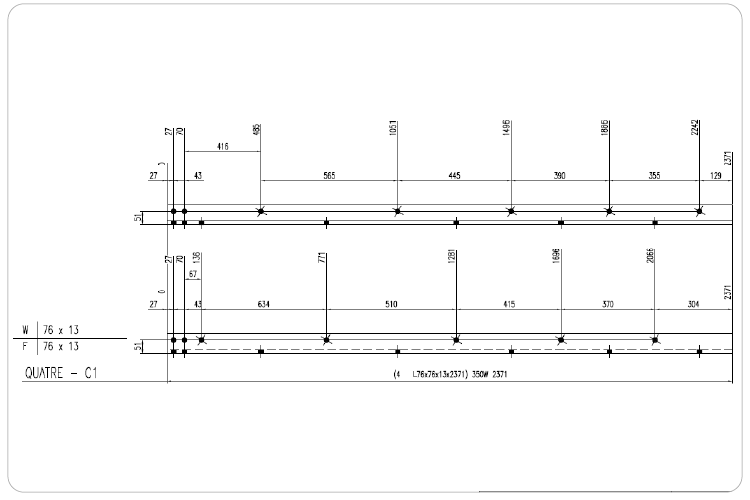
Shop Drawings
Request more information
Virtual Tower Structures®
Structural Analysis, Design, Connection Design, Fabrication, Detailing, NC Files
Any questions? Reach out to us today!
Take the next step to discover the VTS® Software by completing the following form. One of our experts will get in touch with you shortly. We look forward to assisting you with your inquiries and providing you with the information you need.
Access tutorial videos
Want full access to our VTS training content? If you’ve purchased a license, simply fill out the form below with your registered email and product license key. Once verified, we’ll send you access to the full video tutorials.
